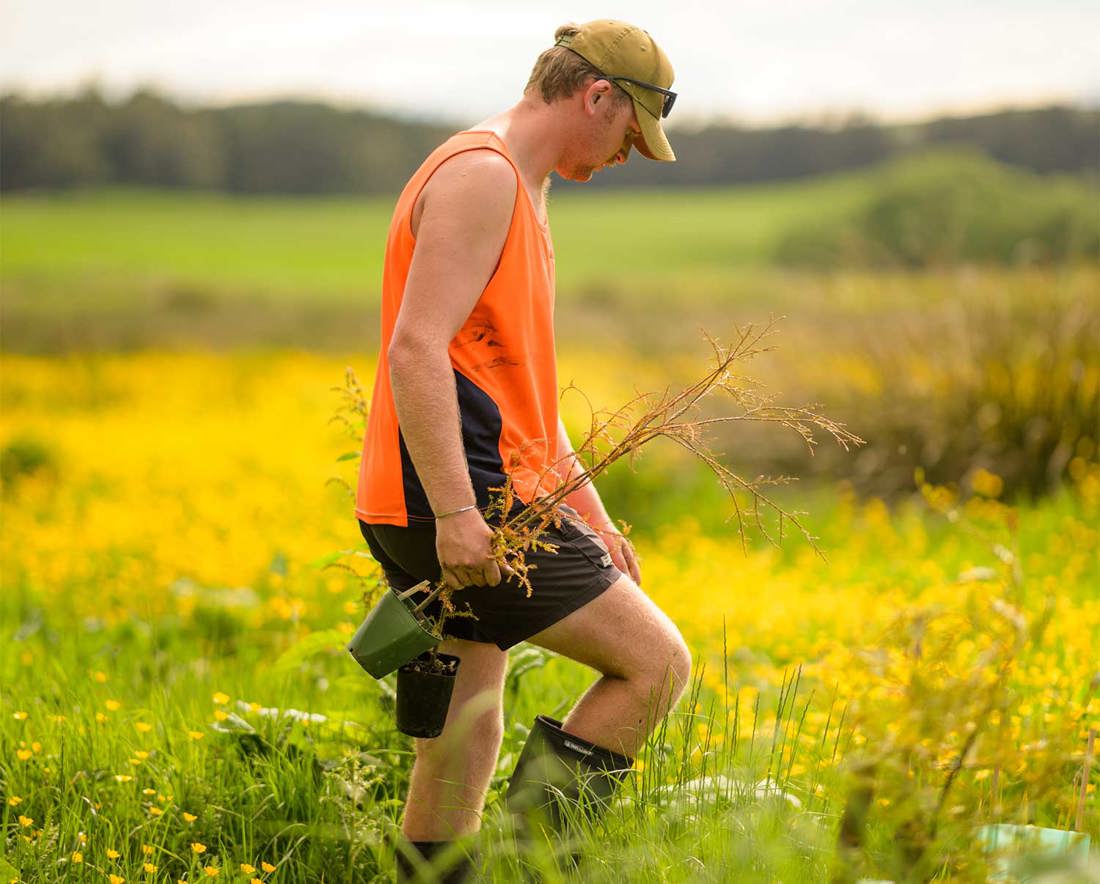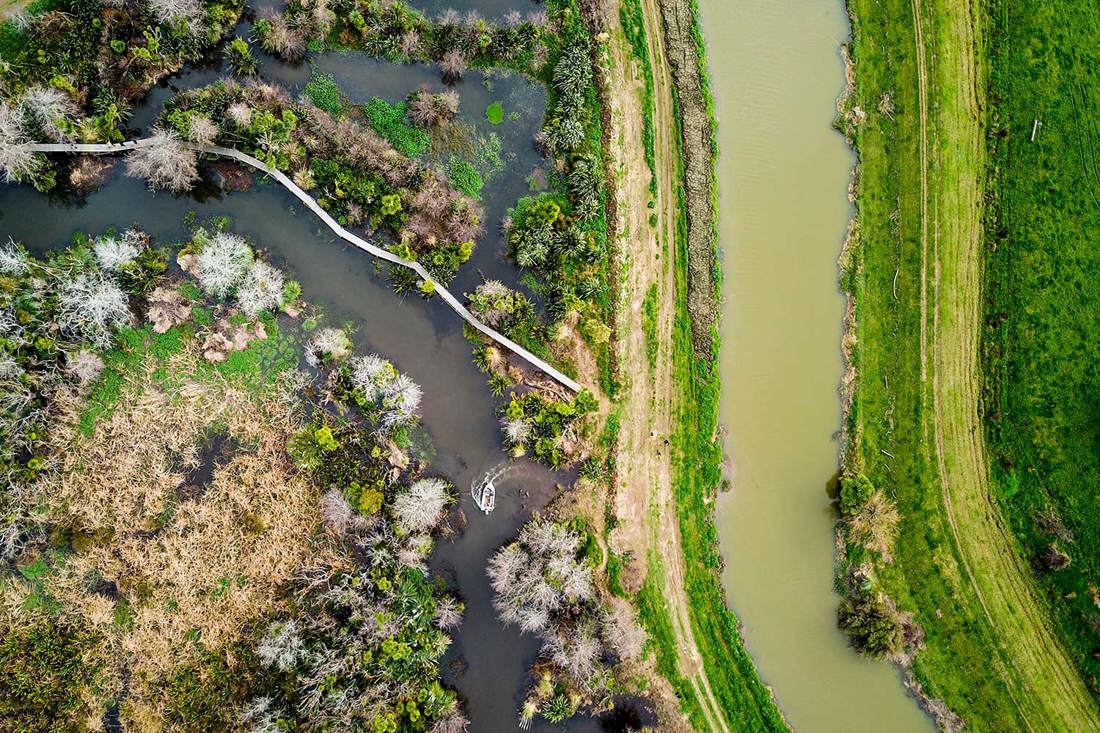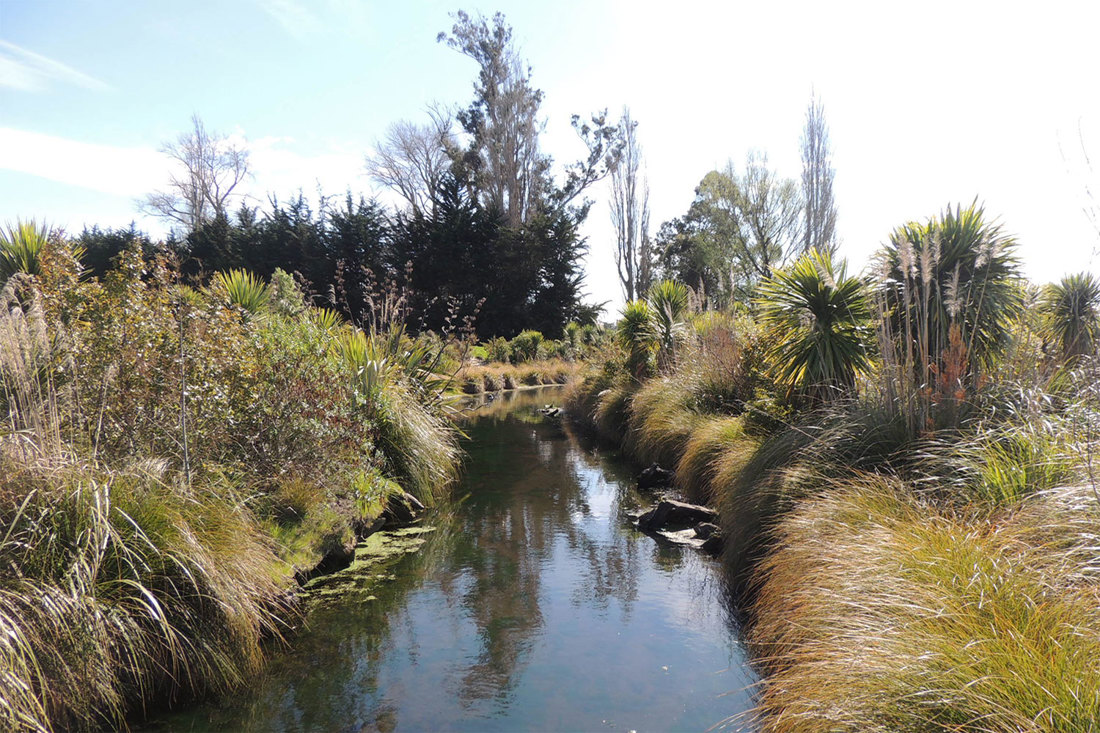Waterbodies and wetlands
Dairy farmers play an important role in protecting waterways. There are many things you can do on farm to improve or maintain water quality.
Total results 5
Total results 5

Waterbodies and wetlands are essential but sensitive ecosystems. Learn how to protect and enhance them on your farm.
3 min read

Waterbodies and wetlands are essential but sensitive ecosystems. Learn how to protect and enhance them on your farm.
3 min read

Riparian planting can enhance your land, waterways, and biodiversity. Get tips and guidance for planting to ensure your planting is effective and economical.
4 min read

Riparian planting can enhance your land, waterways, and biodiversity. Get tips and guidance for planting to ensure your planting is effective and economical.
4 min read

Fencing waterways has many benefits, including protecting freshwater from nutrients, effluent and sediment, improving water quality, and creating habitat for birds and freshwater species.
2 min read

Fencing waterways has many benefits, including protecting freshwater from nutrients, effluent and sediment, improving water quality, and creating habitat for birds and freshwater species.
2 min read

Protecting, restoring and creating wetlands on-farm can reduce nutrient losses, decrease the impact of floods and provide valuable habitat for native plants and animals.
3 min read

Protecting, restoring and creating wetlands on-farm can reduce nutrient losses, decrease the impact of floods and provide valuable habitat for native plants and animals.
3 min read

Fish need to move up and down waterways to feed, breed, and migrate between the sea and freshwater to complete their life cycle. Anything that stops fish movements is called a ‘fish passage barrier’.

Fish need to move up and down waterways to feed, breed, and migrate between the sea and freshwater to complete their life cycle. Anything that stops fish movements is called a ‘fish passage barrier’.
Now’s the perfect time to check in, plan, and set up for a strong season. We’ve pulled together smart tips and tools to help you stay ahead all winter long.
Whether you prefer to read, listen, or download handy guides, we’ve got you covered with trusted tools to support your journey every step of the way.
Put our proven strategies and seasonal tools to work. Boost production, support animal health and watch your profits hum.
Tools that are backed by science, shaped by farmers and made for this season.
That’s Summer Smarts.